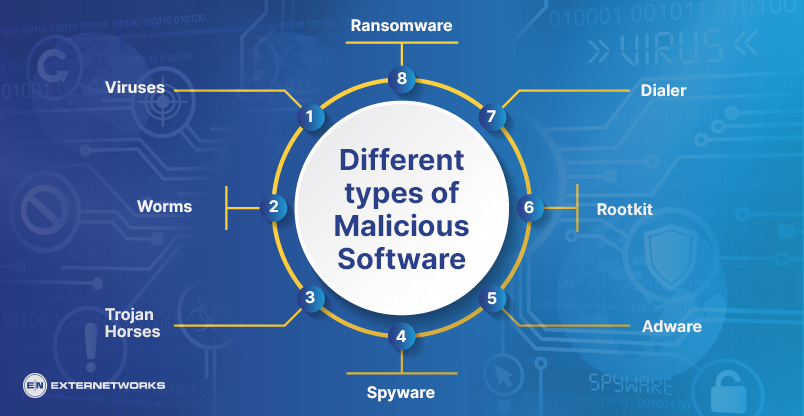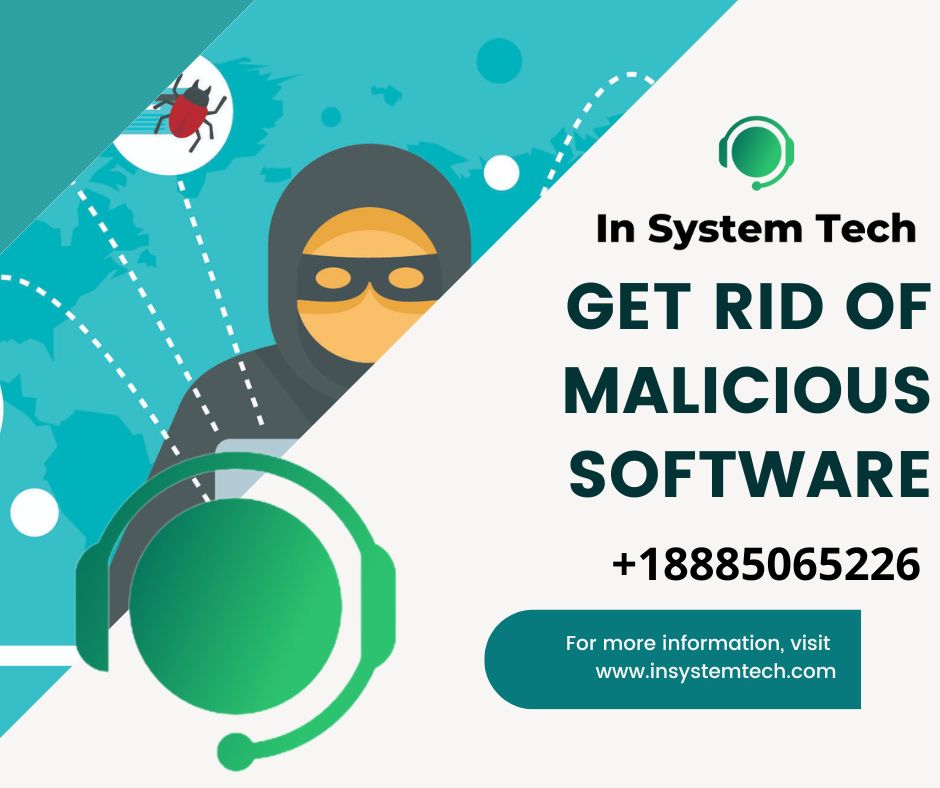Get rid of malicious software: As was noted, the majority of security software programmes are developed to identify and prevent malware, in addition to removing it from systems that are already infected with it.

One example of an antimalware tool that can detect and remove malware is Malwarebytes, which is available for download here. It is able to remove malware from operating systems such as Windows, macOS, Android, and iOS. The user’s registry files, currently running programs, hard discs, and individual files can all be scanned by Malwarebytes. After being discovered, malware can be isolated and removed from the system. Users, on the other hand, are unable to programs automatic scanning schedules, in contrast to certain other programs.
In this blog we will know How to get rid of malware on Android, How to get rid of malware on Android. Also know How to get rid of a computer virus for free. Get rid of malicious software mac
Admin Insystem Tech
How to protect your computer from malicious software
Users have a number of options available to them to ward off malware. Installing antimalware software is one option available to individuals who want to safeguard their personal computers.

Users may protect their computers and other personal devices from malware by engaging in secure and responsible conduct while using them. This includes refraining from opening attachments sent from unfamiliar email addresses, as these may contain malware that masquerades as a genuine file. These emails may even pretend to be from reputable firms, but they may have illegitimate email domains.
Users should make it a habit to frequently update their antimalware software because cybercriminals are constantly coming up with new strategies to break through security software. In response, makers of security software have begun distributing upgrades that fix the flaws in question. Users who do not keep their software up to date run the risk of missing a patch that would otherwise protect them against an exploit that may have been avoided.

Enterprise networks are significantly larger than home networks, and there is significantly more money at risk in enterprise environments. There are preventative measures that businesses should take in order to protect themselves from malware. The following are examples of measures to take when facing the public:
• Implementing a dual approval process for business-to-business (B2B) transactions. • Implementing a second-channel verification process for business-to-consumer (B2C) transactions.
Internal precautions that are directed toward the business include the following:
• Implementing allowlist security policies whenever possible; • Implementing strong web browser-level security; and • Implementing offline malware and threat detection to capture harmful software before it spreads. • Implementing strong web browser-level security.
Can malware infect Mac computers?
Malware is capable of infecting both Windows and Mac computers. Due in part to the fact that programmes for macOS may be downloaded through the App Store, Windows-based computers have always been regarded as a more desirable target for malicious software than Macs have been.

According to a report published in 2020 by the business Malwarebytes, the prevalence of malware on Macs has surpassed that of malware on PCs for the first time ever. This is due, in part, to the widespread use of Apple products, which has attracted the attention of more cybercriminals.
Are mobile devices vulnerable to malware attacks?
Mobile phones can harbour malware, which allows unauthorised access to the device’s features such as the camera, microphone, GPS, and accelerometer if these features are used. It is possible for a user to infect their mobile device with malware if they download an application that is not officially supported by the manufacturer, or if they click on a link contained within a malicious email or text message. A Bluetooth or Wi-Fi connection is another way in which a mobile device might become infected with malware.
Malware for mobile devices is more typically encountered on devices running the Android OS than on those running iOS. Applications are typically the vector of infection for malware on Android-based devices. Malware can infect an Android device by causing abnormal spikes in data usage, a rapid discharge of the device’s battery charge, or the sending of calls, texts, and emails to the device contacts without the user’s original knowledge. These are all signs that an Android device is infected. In a similar vein, if a user receives a message from a known contact that sounds fishy, the message could have been sent by a form of mobile virus that travels from one device to another.
Because Apple carefully reviews each app before it’s made available in the App Store, iOS devices made by Apple are almost never compromised with malicious software. However, it is still possible for malicious code to be downloaded into an iOS device if the user clicks on a link that they are not familiar with that is contained in an email or a text message. If an iOS device is jailbroken, it will also become more susceptible to vulnerabilities.
Get Rid Of Malicious Software With Insystem Tech
Get the best malware removal for your website from SiteLock. Our solution will find & clean up malware on your site, and offer protection moving forward. Contact the IT Support Guys at www.insystemtech.com Powered by Argusdna right away If your computer hacked or infected with malware virus? Contact us to receive a free consultation on how you can deal with your malware issue and resolve your problems.

![How to Clean Malware From Your Personal Computer [Guide 2023] 8 How to Clean Malware From Your Personal Computer](https://insystemtech.b-cdn.net/wp-content/uploads/2022/12/How-to-Clean-Malware-From-Your-Personal-Computer.jpg)
